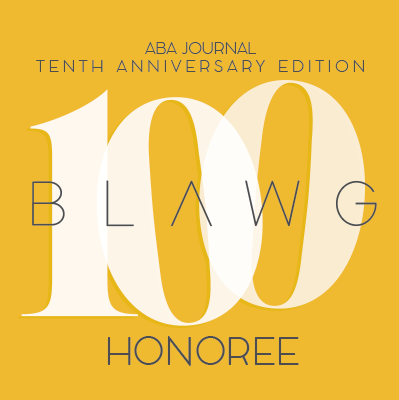The Texas Supreme Court’s decision last week in Hamrick v. Ward is important as it clarifies the law regarding implied easements, which could impact landowners across Texas. [Read full opinion here.]
Background
The facts in this case are actually less important than the legal principles set forth by the court. Thus, the facts are reviewed only briefly in very simplified form.
In 1936, O.J. Bourgeois owned 41.1 acres in Harris County. He convened two acres of this property to his grandson, Paul. During Paul’s ownership, a dirt road was constructed on the tract to allow Paul to access his 2 acres from the public road. Subsequent owners used the dirt road to access the property as well. Through a series of conveyances over the next 80 years, the Wards became owners of the property and continued the use of the dirt road. Their neighbors, the Hamricks’ filed suit seeing a temporary injunction to prevent the Wards from using the road. The Wards filed a counterclaim seeking a declaration that they had an implied, private use easement to use the dirt road.
The trial court and the court of appeals found for the Wards and held that the prior use easement existed in favor of the Wards.
Texas Law Regarding Implied Easements
Easements generally fall under two broad categories: express (meaning easements expressly granted by one party to another) and implied (meaning easements granted by operation of law when certain facts are present). In Texas, there are two categories of implied easements: necessity easements and prior use easements. Although similar in many fashions, these are two distinct types of easements, each requiring different circumstances in order to exist. As the Supreme Court explained, these two types of easements have “sown considerable confusion” and have been previously described by courts with “imprecise semantics.” Thus, the Court took the opportunity to clarify these two separate types of easements.
Necessity Easement
Necessity easements were recognized in Texas beginning in 1867 in situations where a grantor divides a unified parcel of land by granting a portion to another, but fails to provide for a means of accessing the land. In order to facilitate the productive use of the landlocked parcel, Texas courts imply a roadway easement.
The following elements are required to prove the existence of a necessity easement: (1) unity of ownership of the alleged dominant and servient estates prior to severance; (2) claimed access is a continued necessity not a mere convenience; and (3) the necessity existed at the time the two estates were severed. Thus, to prove a necessity easement, there must have been necessity both at the time of severance and ongoing necessity. Once the necessity is no longer present, the easement terminates.
Prior Use Easement
Prior use easements were recognized first in 1888 for circumstances involving improvements other than roadways. For example, prior use easements were recognized involving stairwells and sewer lines. The purpose of prior use easements is not to encourage the use of landlocked property, but instead to allow prior uses to continue as the grantor and grantee likely intended, whether or not based on pure necessity.
The following elements are required to prove the existence of a prior use easement: (1) unity of ownership of the alleged dominant and servient estate prior to severance; (2) the use of the claimed easement was open and apparent at the time of severance; (3) the use was continuous, so the parties must have intended that its use pass by grant; and (4) the use must be necessary to the use of the dominant estate. Some confusion remains as to whether the fourth element requires strict necessity or just reasonably necessity, but it appears the many prior decisions have held a lesser standard of proof is required. The Supreme Court, however, did not expressly reach that question in the instant case.
Ruling in this Case
The key ruling in this case is that implied easements for roadway access of previously unified, landlocked parcels may only be claimed as necessity easements. No longer may roadways be found to be necessity easements. Thus, the more strict standard of necessity easements is always applicable where the easement claimed is a roadway to access a previously unified landlocked parcel.
In light of the Court’s clarification, the Ward’s must meet the requirements of a necessity easement in order to succeed on their claim. The Wards, however, did not claim a necessity easement in their lawsuit. In light of the Court’s clarification of the law, the Wards will be given the opportunity to bring a necessity easement claim, if they can prove the elements, on remand.
Why Does This Matter?
This case is important for all Texas landowners to be aware of as it makes clear anyone claiming an implied easement to use a road to access a landlocked parcel must meet the more stringent requirements of a necessity easement, rather than a public use easement. Landowners currently relying on roadway easements (or those considering obtaining one in the future) should ensure that the easements meet with the necessity easement requirements in order to be valid.
Additionally, this case also illustrates the benefits of having express, written easements, rather than relying upon the legal principles for implied easements. In this case, had there been a written, express easement between the original owner and his grandson when the property was conveyed in 1936, that easement could have been filed with the County and the easement would have been governed by its terms. Easement agreements should set forth the precise terms of the easement, including details like the width of the roadway, the types of vehicles permitted to travel on the roadway, and the length of time for which the easement will last. This type of express easement allows parties to address any future concerns and set forth their intentions and understandings about the easement when created, rather than relying on implied rules of law that may or may not be applicable at a later date.












